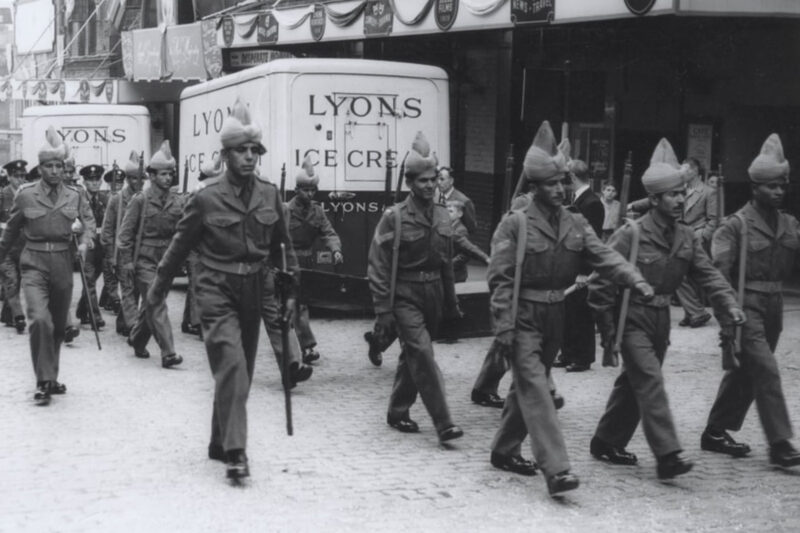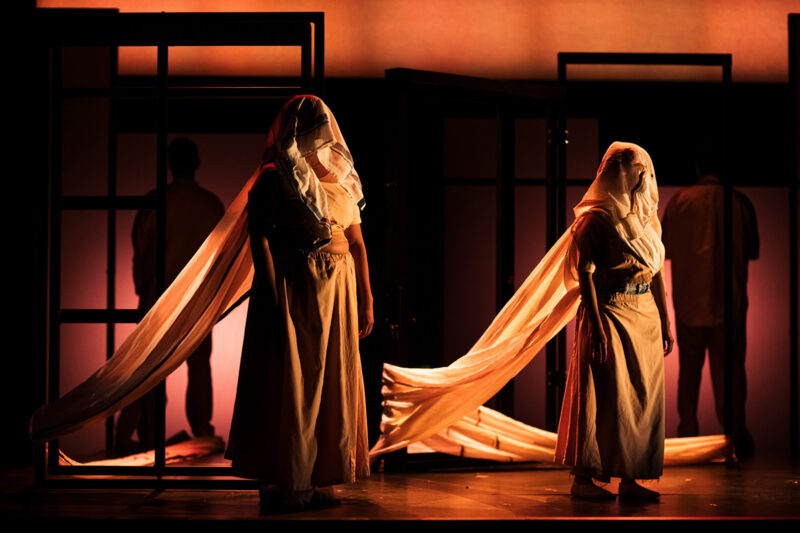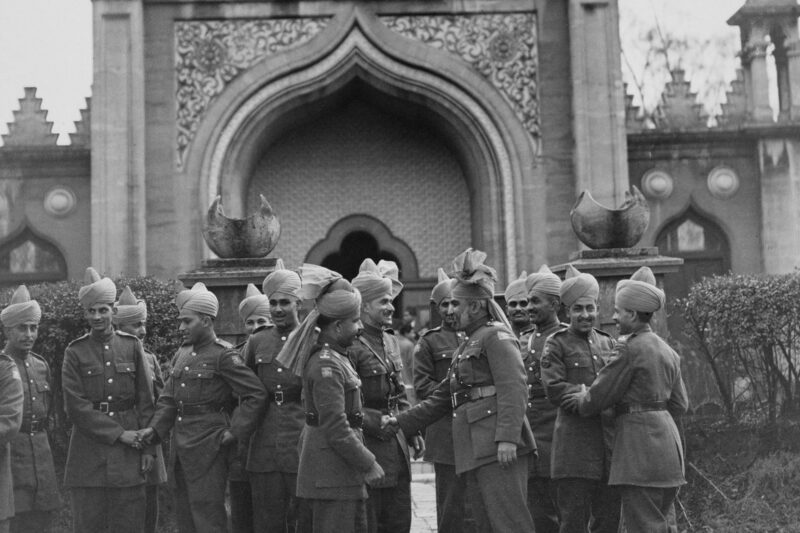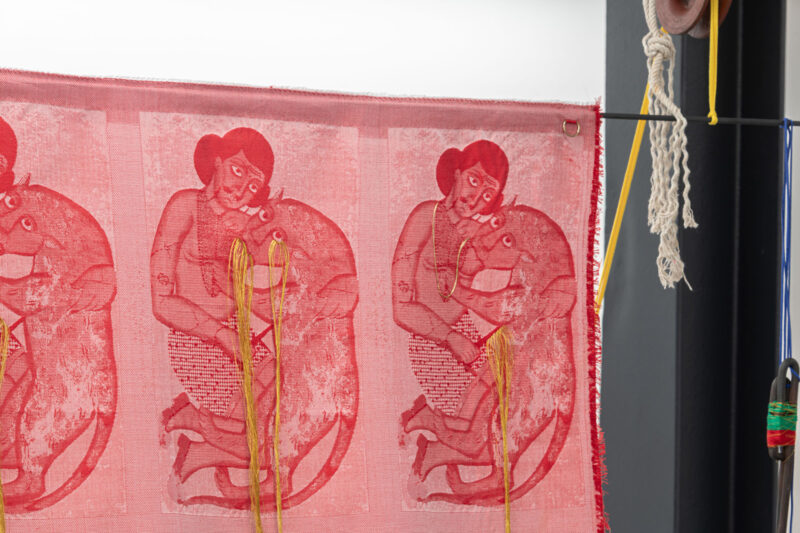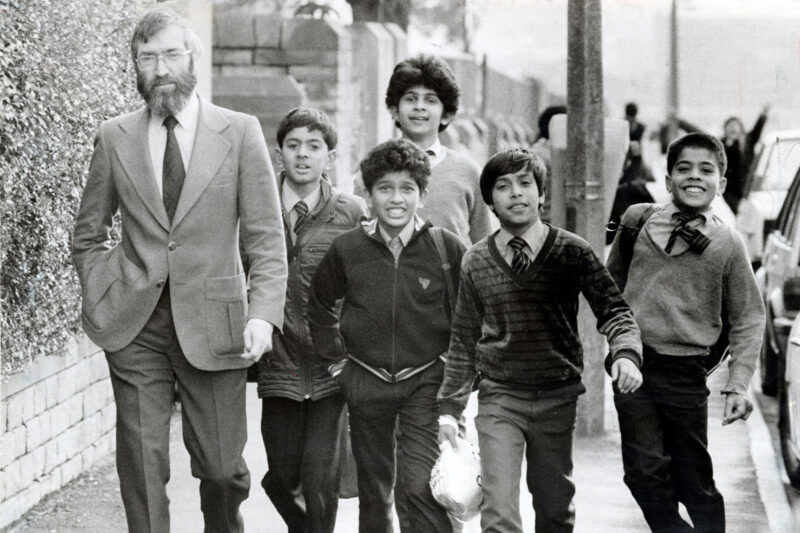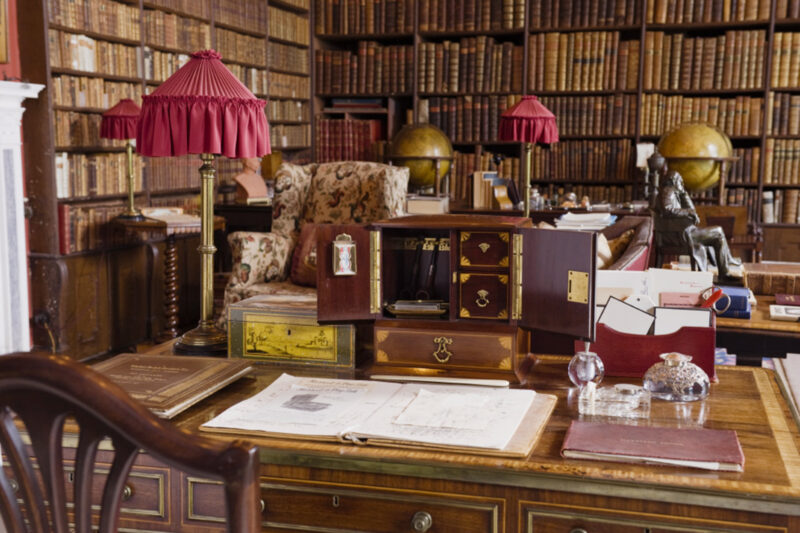Colonialism shaped the British countryside, but this history still remains hidden
I walked through rural Britain and revealed deep ties to the empire that profoundly changed the landscape and its people

The British countryside is deeply tied to the empire — a history that has largely remained hidden with little having being revealed about its colonial links. British rural history has often been presented as a domestic story, one in which agricultural labourers had their wages suppressed and rioted over food shortages, while Lancashire cotton workers laboured in mills and William Wordsworth wrote a poem about daffodils.
Yet imperial activity greatly affected those who lived and worked in our countryside during Britain’s four colonial centuries. In fact, a third of National Trust properties have historical ties to the British empire, as I discovered researching a 2020 report.
Knowing of the vast profits generated from colonial trade, investment, taxation, raw material extraction and transatlantic slavery — and as a historian who loves green spaces — I went on 10 walks through England, Scotland and Wales to learn how far that imperial wealth had penetrated the British countryside. They feature in my new book, Our Island Stories: Country Walks Through Colonial Britain. All the themed walks — sugar, wool, tobacco, cotton, enclosure, copper and more — revealed that rural Britain was profoundly changed by colonial activity.
I took a route through the Lake District, my so-called “opium walk”. It begins in the village of Grasmere and passes through landscapes loved by Wordsworth and his sister Dorothy, encircling Rydal Water and returning to the poet’s grave at St Oswald’s church near the walk’s starting point. The father of romanticism, Wordsworth wrote much of his poetry in and around Grasmere, which nestles beneath dramatic mountains. Discovering that William’s brother, John, was an East India Company captain, I pieced together the family’s entanglement with the opium trade.
William lacked the money to concentrate wholly on writing, so John came up with a plan. He would seek the captaincy of an East India Company voyage from England to Bengal to buy opium. From there he’d sail to Canton, China, receiving opium payments in silver, which he’d use to buy tea for English customers. The siblings invested in John’s voyage in the hope of receiving good returns — William even wrote to a friend saying that he anticipated dedicating more time to his poetry upon his brother’s return from Canton.
In 1805, this plan went drastically wrong. In one of Britain’s worst maritime disasters, John Wordsworth’s ship sank just off Weymouth. He was drowned alongside most of his passengers — and the money William and Dorothy had invested.
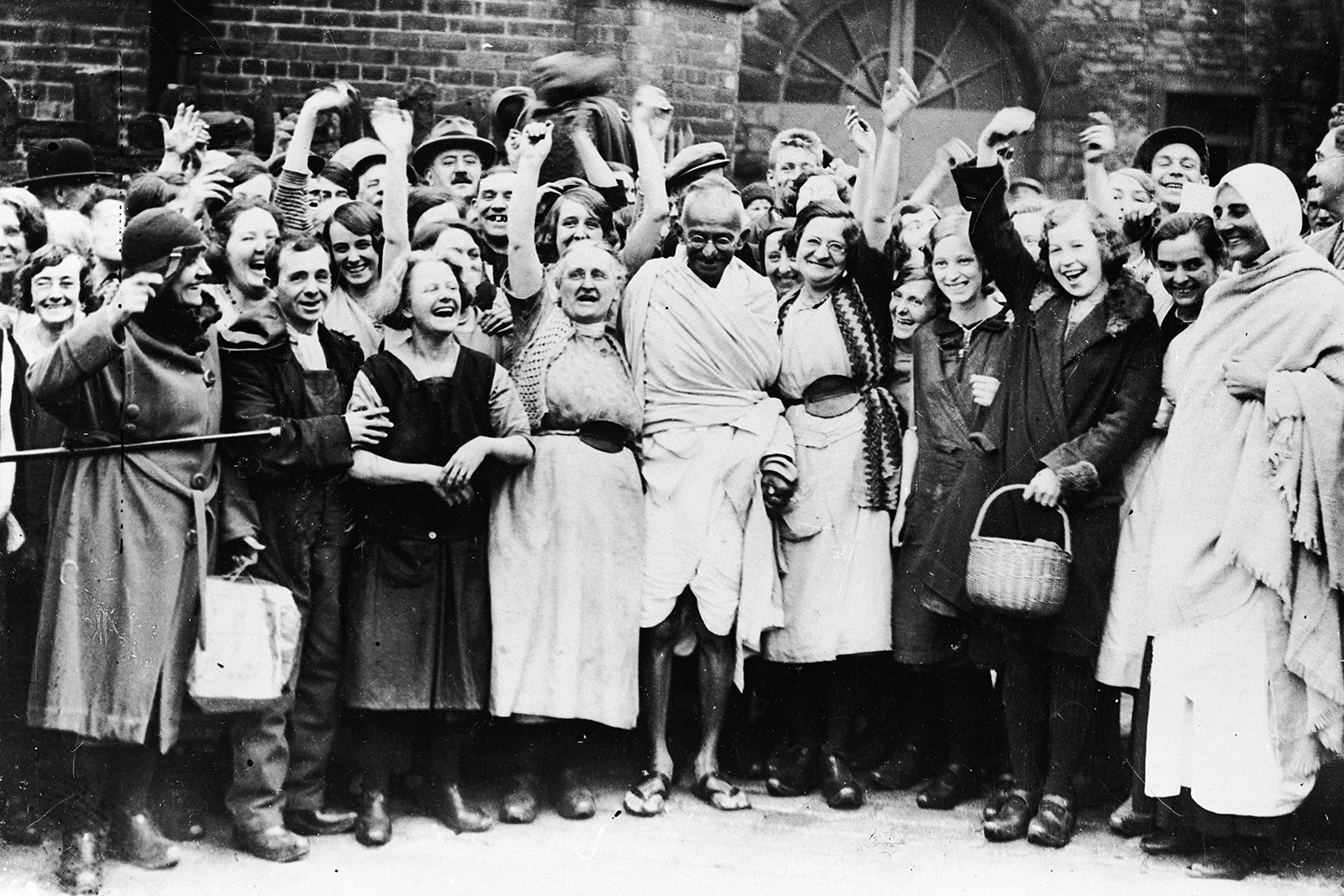
As I explore in my book, many ordinary people in Britain similarly tried, and sometimes failed, to make money from the British empire. People invested in the slavery business through stocks and shares, while many farmworkers and impoverished people sought posts as plantation managers (including the poet Robbie Burns) or as soldiers in the East India Company, choosing to live more comfortable lives while profiting from the misery of an opium addiction epidemic in China.
Another aspect of colonial profiteering was land ownership. I took a walk through Norfolk’s Earsham Hall, which in the 1770s was owned by the family of the then governor of Jamaica, John Dalling, who’d bought the lucrative plantation of Donington Castle estate. Soon after inheriting Earsham Hall, his heir, Sir William Windham Dalling, started spending the family wealth — mostly profits from slavery — expanding his new rural estate through two parliamentary acts.
This centuries-long process of land privatisation, known as enclosure, has often been presented as a very British story, one in which landless people gradually lost their right of access to common land where they’d grazed their livestock for generations. But in the 18th and 19th centuries, the influx of colonial wealth gave imperial figures such as Dalling the money to pay lawyers and commissioners who authorised the planting of hedges and erection of fences around so-called “unproductive wasteland”, thereby depriving local people of their right to use it.
Moving north, and intrigued by the East Lancashire story of cotton, I walked across the moorland above the milltown of Darwen. Lancashire mills in the 19th century used cotton made by enslaved people in America’s southern states. But when the American civil war broke out in 1860, the supply of slave-produced cotton dried up. Lancashire’s mills ground to a halt and unemployed millworkers survived on ever-deteriorating diets. Around this time, Darwen’s factories began importing Indian cotton.
They’d later be hit by the Indian independence movement’s boycott of British goods. In the 1930s, Mahatma Gandhi came to Britain for independence talks with the British government and visited Darwen to see how the boycott of Lancashire (or “Manchester”) cotton cloth was affecting millworkers. At the time it was reported that Gandhi persuaded mill owners and workers alike that India’s independence quest made the cotton boycott worth supporting. The lives of colonised people may have felt remote to Britain’s millworkers and agricultural labourers, but they were closely connected.
Locals in the 18th and 19th centuries would have seen the countryside change in ways that affected their daily lives, but these histories are more distant to us now and have largely been forgotten. My 10 walks show that we have so many more undiscovered stories to explore.
Successive governments have failed to teach these hidden colonial histories in schools. Meanwhile, the heritage sector, rural organisations and historic housing associations are yet to fully take on the responsibility to explore their own local histories of empire and make them known to locals and visitors alike. Without knowing these stories, we cannot fully acknowledge our colonial histories, or even address them.
Corinne Fowler is author of Our Island Stories: Country Walks Through Colonial Britain (Penguin Allen Lane, 2024)
 Newsletter
Newsletter


